
An Imprint of Simon & Schuster, Inc.
1230 Avenue of the Americas
New York, NY 10020
www.SimonandSchuster.com
Copyright 2016 by Amber Smith
All rights reserved, including the right to reproduce this book or portions thereof in any form whatsoever. For information, address Atria Books Subsidiary Rights Department, 1230 Avenue of the Americas, New York, NY 10020.
First Atria Books hardcover edition September 2016
 and colophon are trademarks of Simon & Schuster, Inc.
and colophon are trademarks of Simon & Schuster, Inc.
For information about special discounts for bulk purchases, please contact Simon & Schuster Special Sales at 1-866-506-1949 or .
The Simon & Schuster Speakers Bureau can bring authors to your live event.
For more information or to book an event, contact the Simon & Schuster Speakers Bureau at 1-866-248-3049 or visit our website at www.simonspeakers.com.
Interior design by Amy Trombat
Jacket design by Emma A. Van Deun
Jacket photograph by Shutterstock (Metal Plate Background); front cover photograph of Amber Smith courtesy of the author
Library of Congress Cataloging-in-Publication Control Number: 2016021638
ISBN 978-1-5011-1638-4
ISBN 978-1-5011-1640-7 (ebook)
For my parents, Lane and Betsy, for always encouraging me to take the road less traveled and to never, ever give up.
DANGER CLOSE: Ordnance delivery inside the 0.1 percent Pi [probability of incapacitation] distance will be considered danger close. The supported commander must accept responsibility for the risk to friendly forces when targets are inside the 0.1 percent Pi distance.
Close Air Support , Joint Publication 3-09.3
Contents
Authors Note
Kiowa Warriors played a critical role in the wars in Iraq and Afghanistan, yet few outside the modern military community know the impact they made on the battlefield every day. This book not only documents my journey through the Army and two wars, but the legacy of a helicopter that was essential to mission success on both fronts. Dialogue has been re-created through interviews and other forms of correspondence and is not intended to be word for word. Some names have been changed to protect the identity of certain individuals, as well as ground unit and aviator unit calls signs and route names. All events depicted in this book are told as accurately as possible and any unintentional deviations can be attributed to the chaos of combat.
AMBER SMITH, Annihilator 24
Prologue
Survival. Thats all that passes through your mind when you make it home from each flight mission. Every time your helicopter crosses over the fortifications of Hesco barriers that separate the sanctuary of the forward operating base (FOB) from the madness of Afghanistan, you realize that, somehow, you have lived to see another day.
Your whole body is sore from hours in a cramped cockpit. Your hand unclenches the cyclic flight control. Exhaustion washes over you as the adrenaline drains from your veins, the adrenaline that had flooded in with every crank of the helicopter engine before you took off into the Afghanistan sky.
Every mission is different, but the questions are always the same: Is today my last day? Is today the last time I will lace up my boots? As we walk out to the flight line, is it the last time I will hear my fellow pilots say, Have a safe flight? The last time I will email my family and type, Talk to you soon?
The uncertainty is the worst part. You never know if today is going to be your daythe day you wont come home.
Being immersed in war teaches you to accept death, to face the fear of the unknown that haunts you every day. It is an insidious form of torture. But it is also an addiction, something you crave. Once you break through the fear of dying, you eventually feel the thrill of dancing with death. When things are slow during a reconnaissance mission, you begin itching for some action. Any action. You think fatalistic thoughts: Youre never going home anyway, so if today is your day, so be it. Thats what you tell yourself to survive the unrelenting stress of the unknown dangers in your world every day.
Then you see the flag-draped caskets being carried on to a C-17 airplane, and you wonder, Will I be on the next one?
But you dont think of that in the airmaybe in the slow moments, the moments between flights that begin with the heaviness of the skids settling onto the pavement. You roll the throttle down to idle, the chatter of the blades slows, the high-pitched whine of flight bends an octave down. Youre home, safe, and you can breathe again. You will live to see tomorrow.
But then tomorrow comes. Another flight, another mission. And you ask yourself again, Is today my last day?
1
THIS IS WHAT WAR FEELS LIKE
January 26, 2006
Near FOB Normandy, outside Baqubah, Iraq
The helicopter blades stuttered over the palm groves twenty miles east of our home base of LSA Anaconda, also known as Balad Air Base. An LSAlogistics support area is similar to a FOB, but much larger. As one of the largest military bases in Iraq, Anaconda was one of the main air hubs for supplies, troops, and equipment into and out of the country, which made it a very busy airfieldand a natural target for enemy rockets and mortars.
In the doorless cockpit of our Kiowa, the frigid night air swept in, making our faces feel frozen and brittle. On the outskirts of Baqubah, the lights of civilization gave way to a velvet-black desolation, a flat, vast desert peppered with primitive mud huts clustered in small villages.
Through my night vision gogglesNVGsI could see the grainy, green outlines of trees, dirt roads, and open fields. At night, we always flew fully blacked out during missions, cutting any lights on the aircraft that might make us visible targets. In the darkness, the constellation Orion shone brighter than I had ever seen it before.
I was flying right seat in our OH-58D Kiowa Warrior, trailing above the leader of our usual team of two helicopters. Small and nimble, Kiowas operate like an airborne extension of the infantry. We fly low and fast, within eyesight of friendly ground forcesand the enemy.
FOB Normandya tiny base on the eastern side of our area of operations toward the Iranian borderhad been pummeled with rockets and mortar rounds in recent days. We were flying a reconnaissance and security mission to investigate the source of the attacks, looking for any suspicious activityrockets set on timers, people placing them, any signs of movementbut the lush, impenetrable canopies of the palm groves gave the insurgents protective cover.
Then the lead pilot found something, a possible bunker, maybe a cache of weapons. He wanted to take a closer look. My left seater, CW3 Chris Rowleythe pilot in command (PC) and the air mission commander (AMC) for our flighttold lead to pick up an outer security pattern, to fly above us to overwatch our position while we dipped down for a closer look. Through our NVGs, we could see the something was nothing but trash. The other Kiowa resumed the lead flight position. But just as we were falling back in as trail, a blinding flash of light erupted under our aircraft.
The aircraft lurched forward with a sudden, violent kick.
Taking fire! Taking fire! yelled Chris.


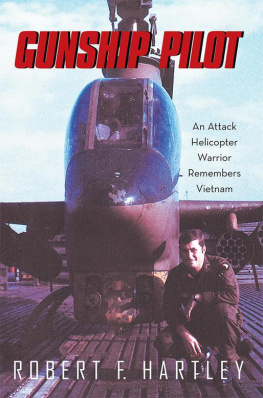
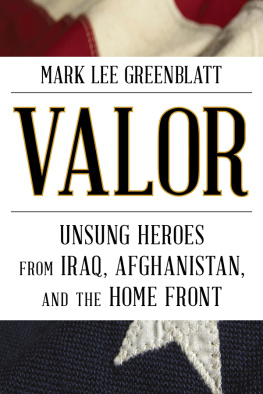

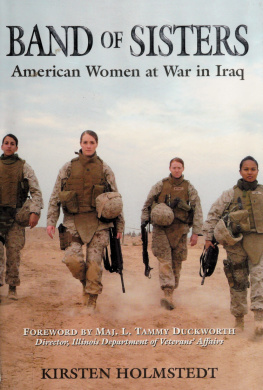
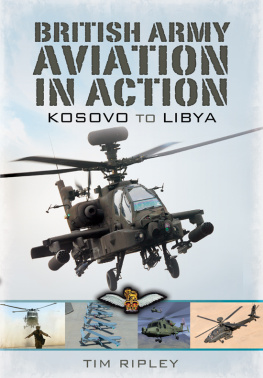
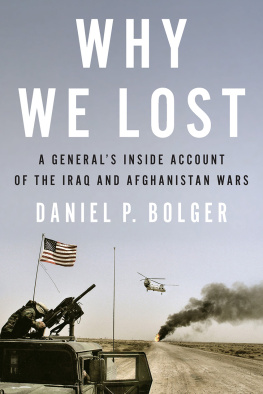
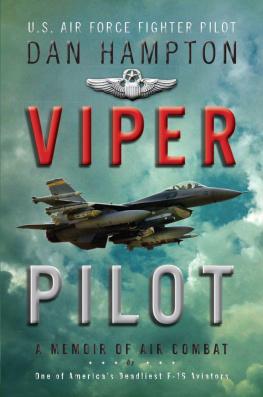


 and colophon are trademarks of Simon & Schuster, Inc.
and colophon are trademarks of Simon & Schuster, Inc.